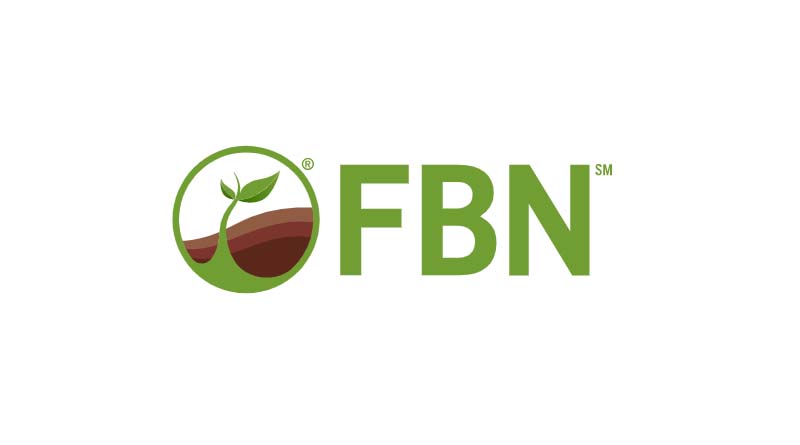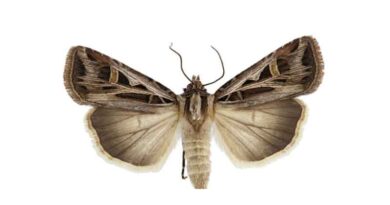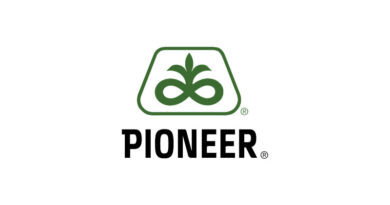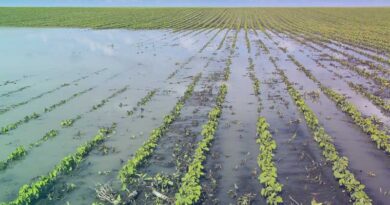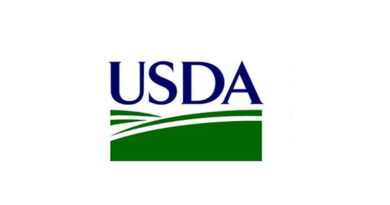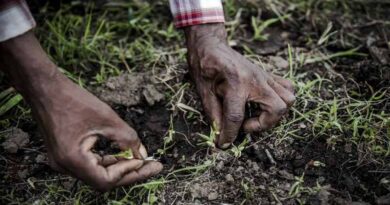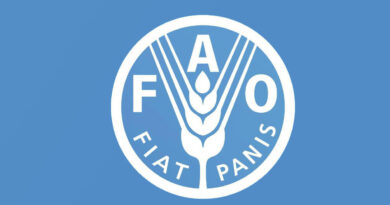How to Develop an Integrated Pest Management Plan
28 June 2023, US: While you’ll almost inevitably deal with pest pressures at some point this season, proactively preparing for these issues by strategically factoring crop protection into your operation can help reduce potential yield impacts.
In addition to covering your operation with a crop insurance policy, there are a few other ways you can anticipate and address pest impacts.
What Causes Pests to Affect Crops?
Generally environmentally based, there are a number of factors to consider, including:
- Weather patterns during the summer and winter
- Historic pressure
- Temperature
- Moisture
- Crop rotation
READ: Mid-Season Insect Watch – European Corn Borer and Western Bean Cutworm
What Is Integrated Pest Management (IPM)?
Many farmers strategically plan for pests using an approach called Integrated Pest Management (IPM), a holistic crop protection method that employs a three-pronged approach to address pests while minimizing negative environmental impacts.
How to Develop an Integrated Pest Management Plan
Developing an IPM plan involves several steps, including:
- Identifying the pests present
- Monitoring pest populations
- Setting action thresholds
- Implementing control measures
- Evaluating plan effectiveness
A strong Integrated Pest Management plan includes strategies from the following three areas:
1. Biological Control
Think of biological control as pitting pests against their own natural enemies such as parasites, predators, or pathogens to help limit pest populations and subsequent crop damage. This control approach involves using natural enemies of the pests, such as parasitic wasps (predator of European corn borers and corn earworm) or ladybugs (predator of aphids), to reduce problematic pest populations in a natural way.
2. Cultural Control
Cultural control prevents pests from establishing a population, reproducing, and surviving long-term on a crop. Examples of cultural control could include crop rotation, tillage, irrigation changes, or planting resistant varieties.
3. Chemical Control
Chemical control involves utilizing chemical products to address pest pressures, including the use of pheromones to disrupt pest reproduction or insecticides to eliminate pests. Typically implemented as a final step to address enduring pest problems in combination with one or both of the other control approaches, chemical control can be an effective long-term strategy but is primarily used as a last resort in IPM plans. Always ensure you are using the chemical product for its intended use and to address your intended pest; adhering to label guidance is very important. It may be helpful to speak with an agronomist or other ag progressional to determine if you need multiple active ingredients to get full control of the pest pressure affecting your operation.
Also Read: FMC Corporation CEO Mark Douglas meets Indian Prime Minister Modi
(For Latest Agriculture News & Updates, follow Krishak Jagat on Google News)

